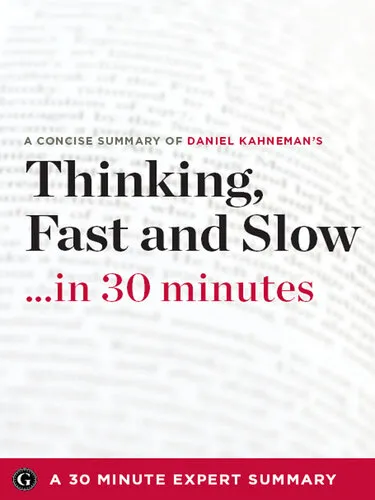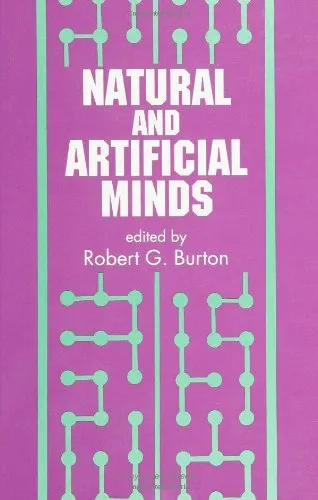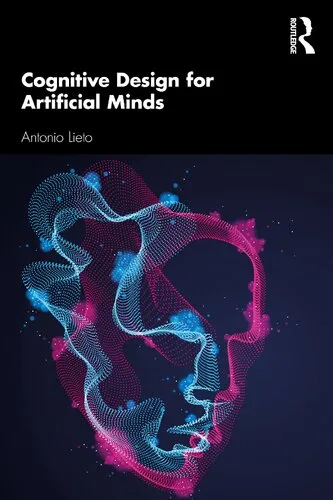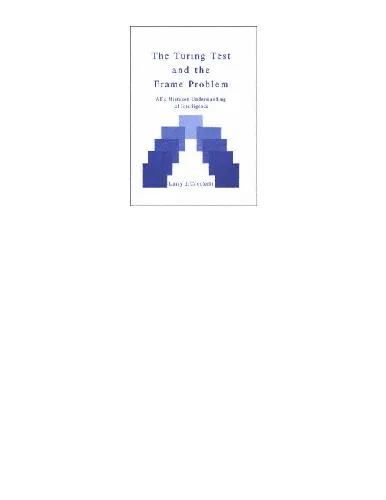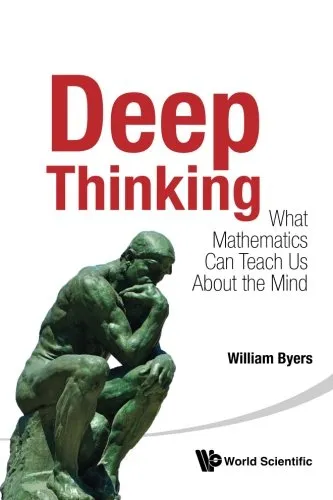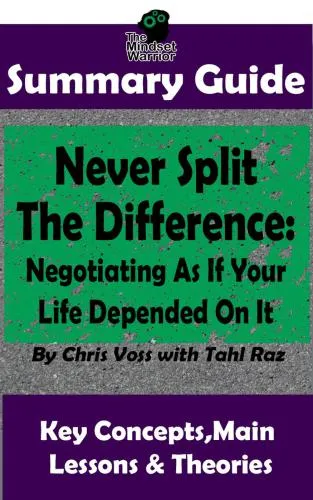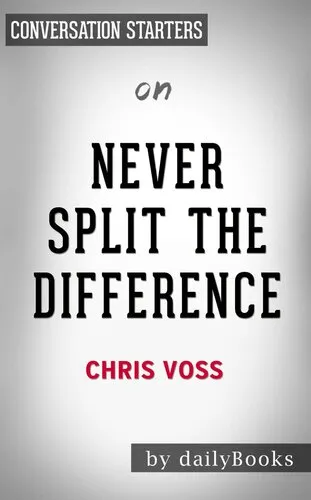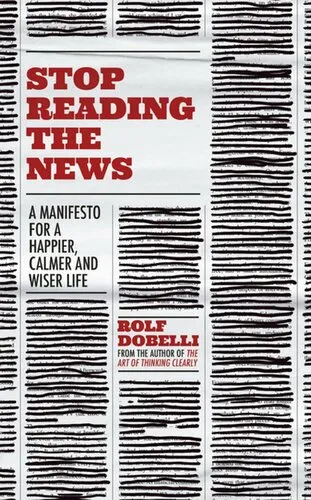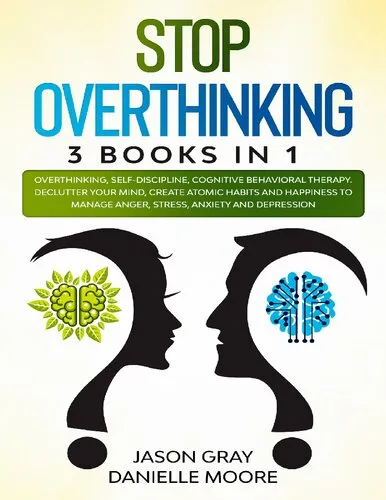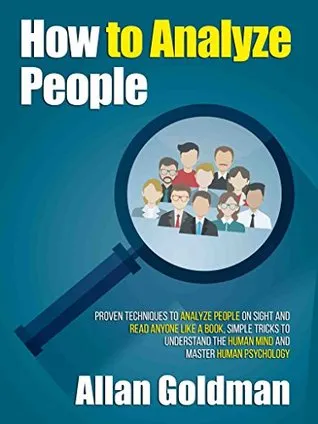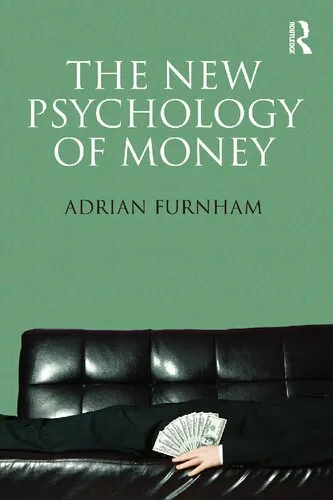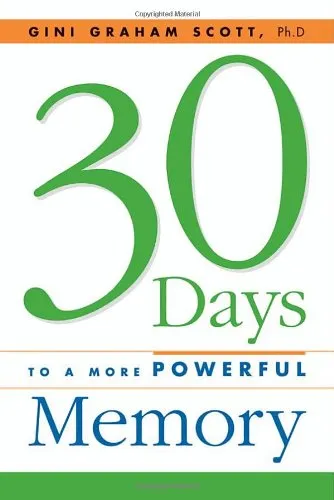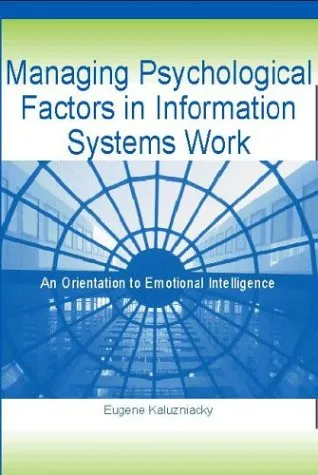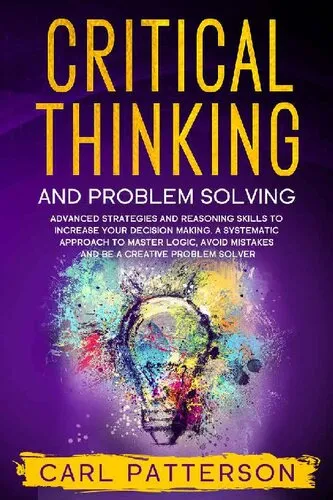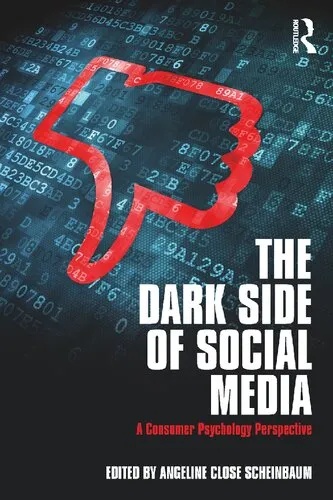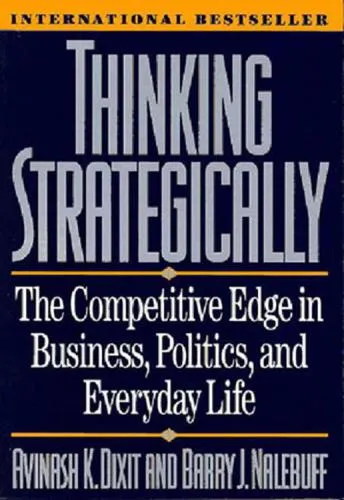Thinking, Fast and Slow by Daniel Kahneman
4.3
Reviews from our users

You Can Ask your questions from this book's AI after Login
Each download or ask from book AI costs 2 points. To earn more free points, please visit the Points Guide Page and complete some valuable actions.Related Refrences:
Introduction to "Thinking, Fast and Slow"
Published in 2011, "Thinking, Fast and Slow" by Daniel Kahneman offers an enlightening exploration into how the human mind processes information. A culmination of Kahneman's life work, which earned him the Nobel Memorial Prize in Economic Sciences, this captivating book unravels the contradicting yet seamlessly intertwined systems of thought that drive human decision-making and behavior.
Kahneman outlines two systems of thinking—the fast, intuitive, and emotional System 1, and the slow, deliberative, and logical System 2. He delves into the pitfalls of reliance on intuition and offers a thorough examination of the cognitive biases that affect how decisions are made. Integrated with engaging anecdotes, scientific research, and illustrative experiments, the book illuminates where humans excel and where they succumb to error.
A Detailed Summary of the Book
Kahneman introduces System 1 as the rapid, automatic, and effortless type of thinking that works subconsciously. This system governs our snap judgments and first impressions. On the other hand, System 2 represents our reasoning mind, which requires conscious effort and attention to solve complex problems and make thoughtful decisions. Although we like to think we're predominantly guided by rational thinking, Kahneman illustrates how System 1 often takes the lead, resulting in cognitive biases and errors.
The book explores a wide array of cognitive biases, including the anchoring effect, wherein individuals rely heavily on the first piece of information they receive; availability heuristics, where people judge the likelihood of events based on immediate examples that come to mind; and overconfidence, a result of humans' inclination to overestimate their knowledge. Through years of meticulous research, Kahneman reveals how these biases shape perceptions and impact everything from personal decisions to policies and economic principles.
Key Takeaways
- Understanding the dual systems of thought—System 1 and System 2—is crucial to recognizing their roles in shaping our judgments and choices.
- Cognitive biases such as anchoring, availability heuristics, and overconfidence significantly influence decision-making.
- Critical thinking and awareness can mitigate the influence of cognitive biases and lead to better decision-making.
- Being conscious of the fast thinking processes, and intentionally engaging the slow system can improve analytical and logical reasoning.
Famous Quotes from the Book
"Nothing in life is as important as you think it is, while you are thinking about it."
"We can be blind to the obvious, and we are also blind to our blindness."
"A general ‘law of least effort’ applies to cognitive as well as physical exertion. The law asserts that if there are several ways of achieving the same goal, people will eventually gravitate to the least demanding course of action."
Why This Book Matters
"Thinking, Fast and Slow" is a transformative piece of literature that equips readers with the insights to navigate the complexities of human thought. By elucidating the mechanisms behind split-second decisions and ponderous deductions, Kahneman provides tools to improve decision-making skills, increase self-awareness, and foster more rational, effective thought processes both personally and professionally.
For anyone interested in psychology, behavioral economics, or cognitive science, this book serves as an essential guide that bridges theory with real-world application. As readers uncover their thinking patterns, they gain a broader understanding of the human mind's workings, which can lead to optimized choices and improved life outcomes.
Free Direct Download
You Can Download this book after Login
Accessing books through legal platforms and public libraries not only supports the rights of authors and publishers but also contributes to the sustainability of reading culture. Before downloading, please take a moment to consider these options.
Find this book on other platforms:
WorldCat helps you find books in libraries worldwide.
See ratings, reviews, and discussions on Goodreads.
Find and buy rare or used books on AbeBooks.
1414
بازدید4.3
امتیاز50
نظر98%
رضایتReviews:
4.3
Based on 0 users review
"کیفیت چاپ عالی بود، خیلی راضیام"
Questions & Answers
Ask questions about this book or help others by answering
No questions yet. Be the first to ask!
